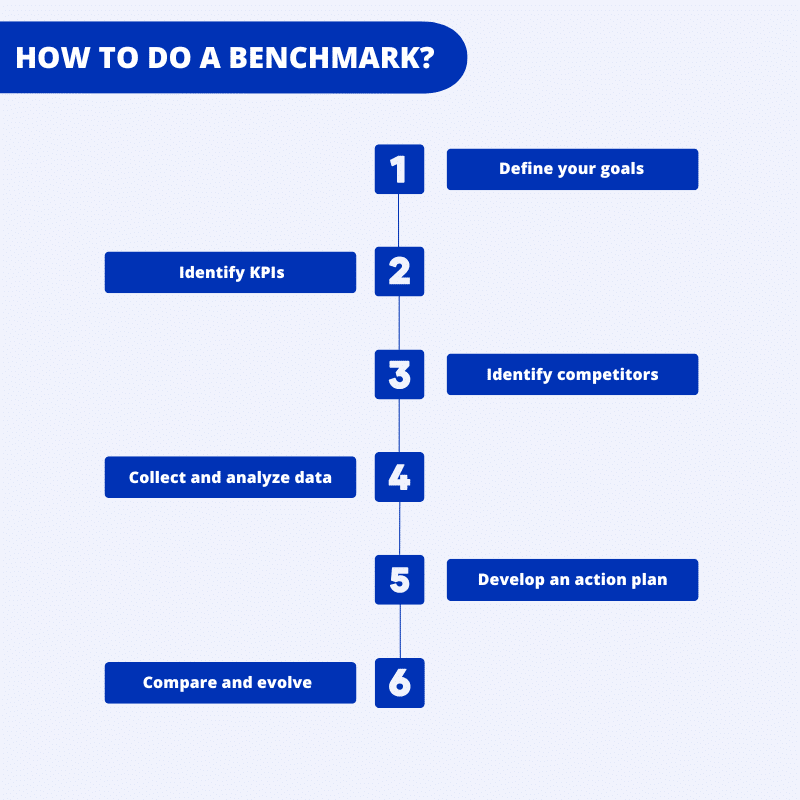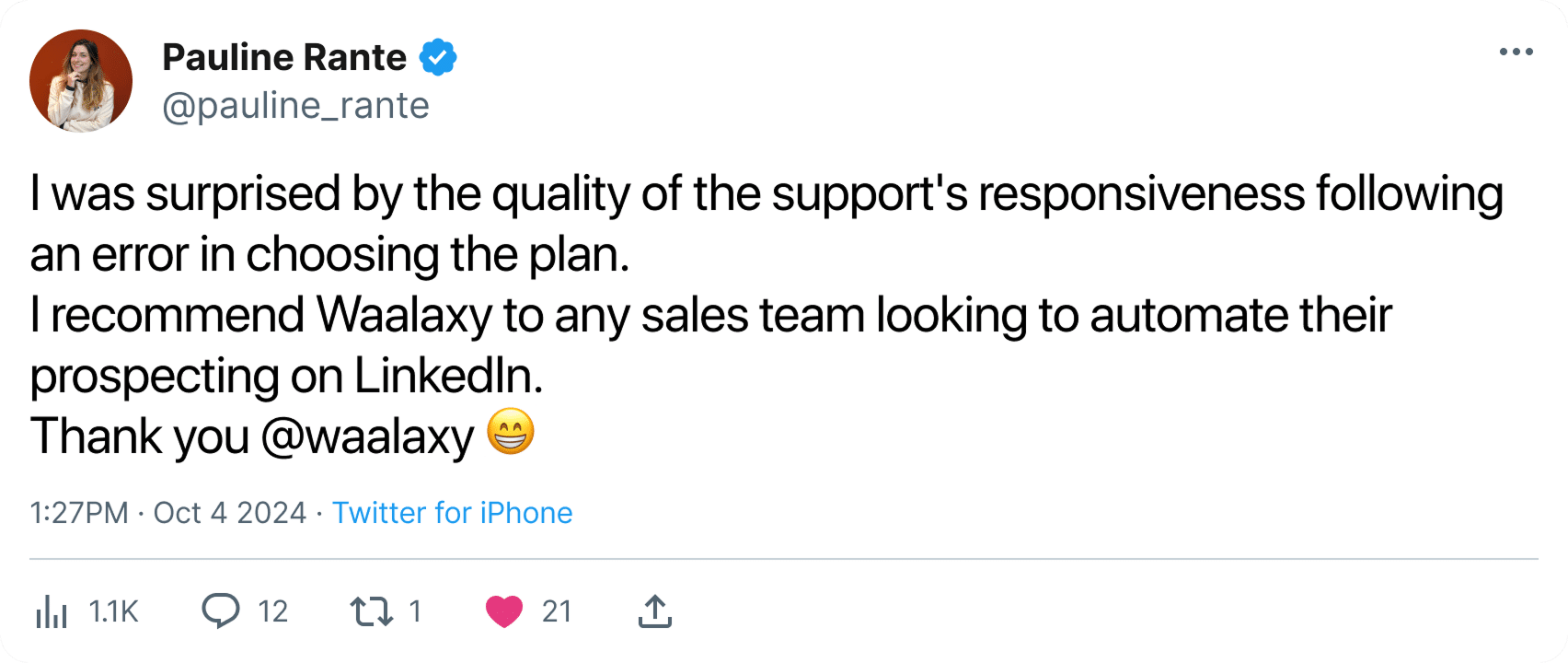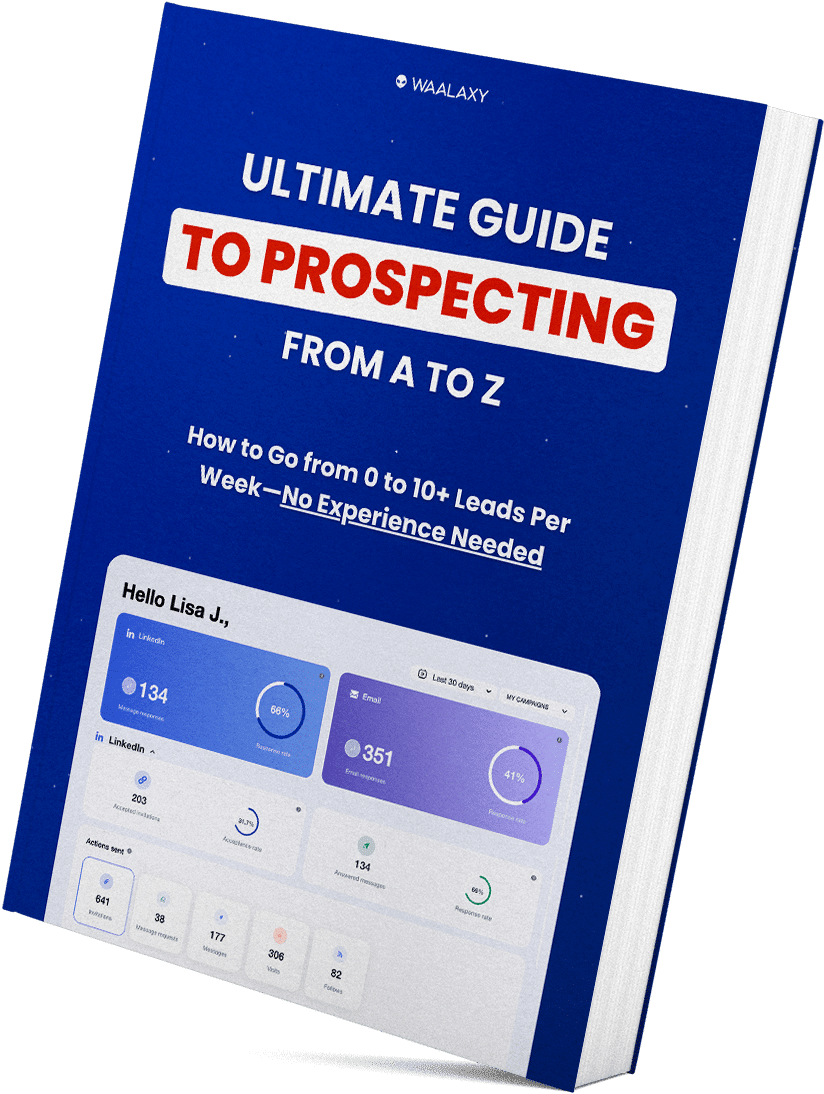To stand out from your competitors, you’ll need to research them and compare your company with theirs. So you see, we’re talking about benchmarking, not bodybuilding.
Forward, feet 👣 in front.
Benchmark definition
Benchmarking, in marketing and data analysis, refers to a process of comparing and measuring 📏 the performance of a company, product, service or strategy against those of its competitors or other benchmarks in your industry.
This is a method of analysis used to determine an entity’s level of success or efficiency by comparing its performance with that of other players in the same sector. 👀
This term consists of identifying :
- Best practices.
- Key performance indicators.
- Marketing strategies.
- The specific characteristics that enable a company or organization to achieve superior results.
This involves gathering relevant, comparable data to assess the strengths 💪 and weaknesses of the entity under analysis in relation to its competitors (whether direct or indirect).
The objectives of the benchmark may vary depending on the context, but they include :
- Improving performance.
- Innovation and adaptation.
- Competitive alignment.
- Performance evaluation.
There are different types of benchmarking, such as :
- 1️⃣ Competitive benchmarking.
- 2️⃣ Internal benchmarking.
- 3️⃣ Functional benchmarking.
- 4️⃣ Generic benchmarking.
Why is benshmark important?
Benchmarking plays a crucial role in the development and growth of your online business.
1️⃣ Understand your market positioning.
It enables you to understand where you stand in relation to your competitors and market leaders. By comparing your performance with that of other players in your sector, you can assess your positioning, identify your strengths and weaknesses ❌.
2️⃣ Identify best practices and market trends.
Yes, you’ll have the opportunity to analyze current practices and emerging trends in your sector. You can find out which strategy works best, and what innovative approaches your competitors are adopting. This will give you ideas and insights for improving your business.
3️⃣ Define realistic and measurable objectives 📏.
Benchmarking helps you set realistic, measurable objectives. All based on the performance of key players in your market.
4️⃣ Evaluate your performance.
Benchmarking lets you measure the performance of a system, product or company against its competitors or established standards.
5️⃣ Make informed decisions.
By comparing the performance of a product or company with that of competitors or industry benchmarks, benchmarking provides objective data for sound decision-making.
6️⃣ Innovate.
It can also stimulate innovation by highlighting the gaps between current performance and the best on the market. It can therefore encourage you to push back your limits and look for new solutions and technologies to meet or exceed 📈 benchmark performance.
What are the 4 types of benchmark?
As we mentioned at the start of this article, there are several types of benchmark, and we’re going to get into each of them 🤿 so that you’ll know exactly what you’re talking about.
1) Competitive benchmarking
Competitive benchmarking is a common practice used by companies to assess their position in relation to their direct competitors in the marketplace.
It’s an analytical method for measuring and comparing 🤔 a company’s performance, practices, strategies and results with those of its competitors.
And it offers many advantages. It enables you to better understand your competitive position, identify your competitors’ strengths 💪 and weaknesses, spot opportunities for growth and innovation, and make strategic decisions.
When implementing your competitive benchmarking, here are the elements you need to take into account:
| Step | Description |
|---|---|
| Competitor selection. | Identify your competitors. Choose a varied panel for a representative analysis. |
| Collecting data. | Gather relevant data: financial performance, market share, offers, marketing, pricing, distribution, customer reviews… |
| Comparative analysis. | Evaluate your positioning in relation to the competition using the data collected. |
| Identifying best practices. | Find out what works best with your competitors and learn from them. |
| Action plan. | Develop a strategic plan based on insights gained from competitive analysis. |
| Follow-up. | Continue to monitor competitors and update your data regularly. |
Example of competitive benchmarking / Table
There are several ways of setting up a benchmarking system. Here, we’ve decided to do it in table form. In this example, we want to set up a streaming site, so we’re going to benchmark ourselves against three industry giants: Amazon Prime, Netflix and Disney 👇.
| Benchmark criteria | My Streaming Site | Amazon Prime | Netflix | Disney+ |
| Price. | Monthly subscription. | Monthly subscription with different pricing plans. | Monthly subscription with different pricing plans. | Monthly subscription with different pricing plans. |
| Contents. | Catalog of around 500 films and series. | Wide selection of films, TV series, documentaries… | Extensive library of films, TV series, documentaries… | Extensive library of films, TV series, documentaries… |
| Original content. | None. | Develops award-winning original films and series. | Produces critically acclaimed original content. | Produces original content based on Disney franchises. |
| Live broadcasting. | None. | Offers live broadcasts of sporting events. | Does not offer live broadcasts of events. | Does not offer live broadcasts of events. |
| Broadcast quality. | Two options available. | Streaming with quality options. | Streaming with quality options. | Streaming with quality options. |
| Features. | No feature available yet. | Advanced recommendation and profile functionalities. | Advanced recommendation and profile functionalities. | Advanced recommendation and profile functionalities. |
| Geographical availability. | France only. | Worldwide presence with catalog variations. | Available in many countries with content variations. | Available in many countries with content variations. |
| User interface. | Simple interface. | User-friendly, customized interface. | An intuitive, easy-to-navigate user interface. | Intuitive, easy-to-navigate user interface. |
| Sharing options. | No sharing option. | Allows you to share your account with family members. | Restrict account sharing to specific profiles. | Possibility of sharing the account with family members. |
Of course, if you have other criteria you’d like to add, you can add as many as you like (as long as they remain relevant to your strategy).
2) Internal calibration or benchmark
Also known as internal corporate benchmarking, this is a method of benchmarking performance and practices within the same organization. It focuses on the different units, departments or teams within your organization 🏢.
Its main objective is to identify best practices and opportunities for improvement. In this way, it promotes organizational learning, encourages collaboration and optimizes overall performance.
To make your internal benchmarking work, here are a few things you shouldn’t leave out. ⤵️
| Step | Description |
|---|---|
| Domain identification. | Identify key areas 🗝️ to evaluate and benchmark internally (processes, management, customer satisfaction, etc.). |
| Collecting data. | Gather relevant data, as for competitive benchmarking. |
| Comparative analysis. | Compare data to identify performance gaps, best practices and opportunities for improvement. |
| Sharing results. | Encourage collaboration and the exchange of best practices between teams. |
| Identify improvements. | Develop concrete action plans to apply best practices 📈. |
| Follow-up and improvement. | Evaluate progress regularly and adjust actions if necessary. |
3) Functional benchmark
If you’ve never heard of this type of benchmarking, we’ll quickly explain what it is. Also known as process benchmarking, this method enables you to evaluate your company’s performance and practices.
It aims to compare the performance of a specific function such as :
- ➡️ Customer service.
- ➡️ Human resources management.
- ➡️ The supply chain.
- ➡️ Marketing.
Its aim is to identify best practices (we’re starting to know the song), opportunities for improvement and to stimulate efficiency and innovation in a specific function.
To make a functional benchmark, you will need :
- Select the function you wish to benchmark.
- Define your benchmarking criteria (key performance indicators, key processes, allocated resources, etc.).
- Identify benchmark references.
- Collect 🏀 your data.
- Analyze them to identify performance gaps, strengths and weaknesses…
- Compare and evaluate your results.
- Draw up an action plan to improve the function’s performance.
- Implement this action ⚡.
4) Generic benchmarking
This type of benchmarking enables you to evaluate a company’s performance, practices and strategies against other companies operating in different sectors or industries.
Unlike competitive benchmarking, which focuses on direct competitors, generic benchmarking broadens the scope of comparison to include companies that may not be directly linked to a specific industry, but which may offer practical, innovative ideas.
As with the other benchmarks, here’s what you’ll need to do:
- Identify successful companies.
- Define your comparison criteria.
- Collect your data.
- Analyze them to identify emerging trends and innovative ideas.
- Adapt practices to find out what you can and can’t take back.
- Develop an action plan.
- Implement it.
6 steps to benchmarking
Yes, you’ve finally reached the part you’ve been waiting for. In this section, we’ll show you how to make a good benchmark. To help you make the best benchmark, we’ll give you a list of steps to follow. Let’s get started.

1) Define objectives
The first step in the process is to clearly define your objectives. This will enable you to focus on the specific aspects you wish to measure and steer your efforts in the right direction.
When you define your goals, you should think about :
- Identify areas for improvement. Think about the specific areas of your business where you want to improve performance.
- Set measurable objectives: Define concrete objectives. These could be, for example, to increase your company’s market share or to reduce costs.
- Understanding stakeholder expectations: Identify the expectations and needs of your company’s key 🔑 stakeholders.
- Communicate objectives: Make sure you clearly communicate benchmarking objectives to everyone involved ⚠️.
That’s the preliminary phase of your goal definition, now let’s move on to performance indicators.
2) Identify the key performance indicators to be assessed
The next step in the process is to identify the key performance indicators that you will use to measure and compare with competitors or benchmark companies. These indicators serve as a benchmark against which to evaluate your own performance and identify areas for improvement.
Identifying key performance indicators will depend on the specific objectives you defined in the first step. For example, if your objective is to improve customer satisfaction 🙂 key indicators could include the customer satisfaction rate, the number of complaints…
When selecting performance indicators, it’s important to consider their relevance, feasibility and ability to provide a holistic marketing view of your company’s performance.
3) Select competitors or reference companies
To be able to compare, you need to select companies (this is obvious). You’ll need to identify the entities with which you wish to compare your performance and practices. The aim is to assess your competitive position and identify opportunities.
Key points to consider are
- ⚡ Direct competitors: Identify those who operate in the same industry or offer products or services similar to yours.
- 🏢 Reference company: Look for companies that are recognized for their excellence, innovative practices or success in specific fields.
- 🍆 Size and scope: Consider the size of your competitors and the companies you select.
- 📍 Geographic location: yes, if you operate in a local market, it may be relevant to choose competitors in that same area.
- 👓 Data accessibility: Make sure the data you need to compare performance is available. Ideally, you should be able to obtain reliable information on their operational practices, strategies…
- 🧪 Innovation: Choose companies that are recognized for their innovation and leadership.
4) Collect and analyze data
We move on to an essential step ❗ here, which is data collection and analysis. These enable you to gather the necessary information on competitors’ performance and practices, and compare them with your own.
To get it right:
- Identify relevant data sources. This could be financial reports, market research, surveys, annual reports or internal data. Don’t forget that you need to use appropriate methods to collect the data. This could be questionnaires, online research or other means of data collection.
- Once you’ve collected the data, carry out an analysis to draw meaningful conclusions. You can use analyses such as financial ratio comparisons, SWOT analysis… Identify performance gaps between your company and your competitors.
Of course, there’s one last thing you’ll need to do: interpret the results. This will help you make decisions based on your strategy.
5) Develop an action plan and implement improvements
Now it’s time to develop an action plan 🖋️ and implement improvements. You’ll need to :
- Prioritize actions: Look for key areas 🔑 where improvements are needed. Prioritize these areas according to their potential impact on your overall performance and on achieving your goals and project.
- Setting specific objectives: Your objectives must be clear and specific. Make sure they are measurable and achievable within a given timeframe.
- Planning steps and resources: Break down each action into smaller steps, and identify the resources needed to implement them.
- Assigning responsibilities: Identify the members or departments responsible for each action.
- Monitoring and measuring progress: Set up a monitoring system to regularly assess progress against targets.
6) Compare and evaluate
Here, you’ll be measuring and analyzing your company’s performance against that of your competitors. This involves collecting relevant data. The comparison will highlight strengths, weaknesses and opportunities for improvement.
To get a clear view of this data, you can set up :
- An Excel spreadsheet.
- A notion.
- Any other software you feel comfortable using.
This will enable you to compare your data with your internal data. If you see a discrepancy between the two results, you’ll be able to identify your strengths and weaknesses.
When you set up your benchmark, everything doesn’t stop overnight. You’ll have to make an ongoing assessment to find out what you can and can’t improve.
What are the advantages and disadvantages of benchmarking?
To convince you of the benefits of benchmarking, what could be better than a short list of advantages? Let’s talk about it right now. 👇
| The positives ✅ | Negative points ❌ |
|---|---|
| Understand what your competitors are doing. | Wanting to copy what your competitor does, which does not guarantee the same success. |
| Understanding what works in your business. | Significant costs and time, especially if external consultants or studies are used. |
| New ideas to improve your business. | Comparison with non-comparable companies (size, market, services). |
| Improve your company’s performance. | Difficulty in obtaining accurate data on the performance of other companies. |
| Identify new opportunities. | Risk of lack of creativity and innovation by limiting ourselves to existing practices. |
| Reduce costs by identifying weaknesses and redirecting resources. | |
| Gain a better understanding of your environment (competitive, internal, functional or generic). |
How about a recap?
Benchmarking is not a checkbox on a dashboard. It’s a strategic reflex.
The ability to step back, observe, analyze and understand.
You’re no longer content with insticulating your business, you want to anchor it in reality, in concrete data.
So yes, benchmarking takes time, organization and a bit of method.
But believe me, it’s worth it. 🕯️
Frequently asked questions
You know us well, we always have a few little notions to share with you before we say goodbye for good.
What other ways are there of saying “Benchmark”?
Benchmark is the word we’ve nicked from the English, but we can also say étalonnage, parangonnage or just benchmarking.
So you can show off by saying: “Benchmark? Oh, but that’s also the definition of parangonnage” or “Benchmarking is the same def as étalonnage“. You’ll be able to bluff more than one, believe us.
SEO Benchmark
Are you interested in staying competitive online with your site? We’ve got you covered. If you don’t know what an SEO benchmark is, it’s simply comparing your SEO parameters with those of a competitor in your sector.
To do an SEO benchmark, you’ll need :
- Your keywords 🗝️.
- Analyze content: Evaluate the quality, relevance and optimization of your content in relation to that of your competitors.
- Backlink analysis.
- Domain 👮 authorities.
- Ranking performance analysis.
This benchmark will give you a clear picture of your positioning in relation to your competitors, and identify areas for improvement to strengthen your online presence. It provides invaluable information for developing an effective SEO strategy.
How do you say “benchmark” in French?
There are several synonyms for benchmark in French, including :
- Comparison.
- Calibration.
- Intercomparison.
- Differentiation.
Now that you have all this information, you can set up your benchmark for your projects.









